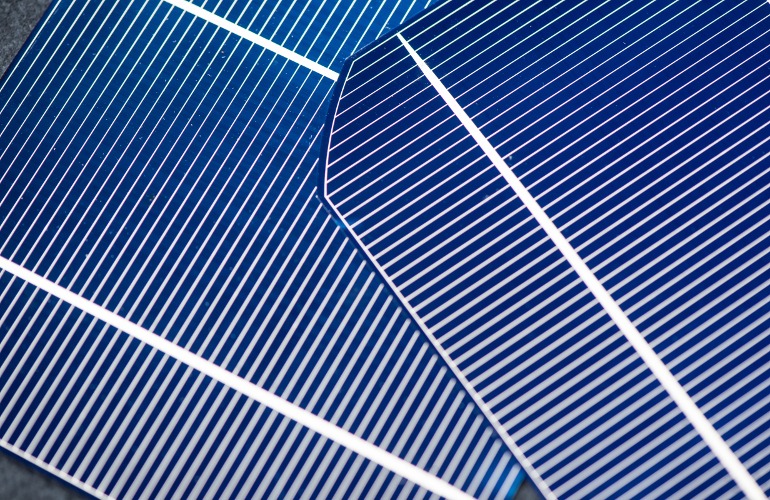Let’s delve into the differences between P-type and N-type solar panels:
- P-Type Solar Panels:
- Composition: P-type solar panels are the most common type used in solar panel production. They are made of crystalline silicon (c-Si) wafers doped with boron.
- Charge Carriers: The silicon wafer in P-type cells has fewer electrons than silicon, resulting in a positively charged cell.
- Structure: The top layer of P-type silicon cells is infused with boron for the p-n junction formation.
- Radiation Resistance: P-type solar panels exhibit high resistance to radiation and degradation.
- Efficiency: P-type solar panels have achieved an efficiency of 23.6%12.
- N-Type Solar Panels:
- Composition: N-type solar panels have a silicon base infused with phosphorus, creating an overall negative charge.
- Charge Carriers: The silicon wafer in N-type cells has additional free electrons, making the cell negatively charged.
- Structure: The order of layers in N-type panels varies, with the thinner layer being the emitter and the thicker layer forming the bulk region.
- Efficiency: N-type solar panels currently achieve an impressive efficiency of 25.7% and have the potential for further improvement1.
- Manufacturing Costs: One drawback of N-type panels is slightly higher manufacturing costs compared to P-type panels.
In summary, while both types have their advantages, understanding the structural differences can help you make an informed choice based on your specific requirements.
Which lasts longer?
When comparing the overall lifespan, N-type solar panels tend to last longer than P-type solar panels due to their construction. Let’s explore why:
- N-Type Solar Panels:
- Advantage: N-type panels exhibit lower rates of degradation compared to P-type panels.
- Reason: The N-type cell structure is immune to boron-oxygen defects and light-induced degradation, which can affect P-type cells.
- Market Share: In 2021, N-type solar panels held a market share between 5% and 10%, with expectations to reach around 20% in 2022. Their popularity is rising, and by 2032, N-type panels are projected to dominate the market with more than 70%1.
- P-Type Solar Panels:
- Longevity: While P-type panels are widely used, they have slightly shorter lifespans compared to N-type panels.
- Reason: P-type panels are susceptible to degradation due to boron-oxygen pairs.
- Market Share: P-type modules are expected to hold less than 30% of the market as N-type panels gain prominence1.
Related posts:
Open Solar single pole mount system.
RenewSolar's Single Pole Solar Mounting...
Solar pergola, the odd UK law...
A solar pergola is a structur...
The lowest cost entry into solar (small solar)
plug in solar, uk home and legal conflic...
What a nice solar day
Over the past days as we head down from...
Lowest price solar kits for 2025
With energy prices rising again, the UK...
Solar and servers - can you run a server on solar?
We posted a video at the end of 2024 fr...
4 pack of solar panels £252 including delivery
Buying solar panels can be costly when ...
Best cost grid tied system.
Choosing solar can be complicated as th...

No responses yet